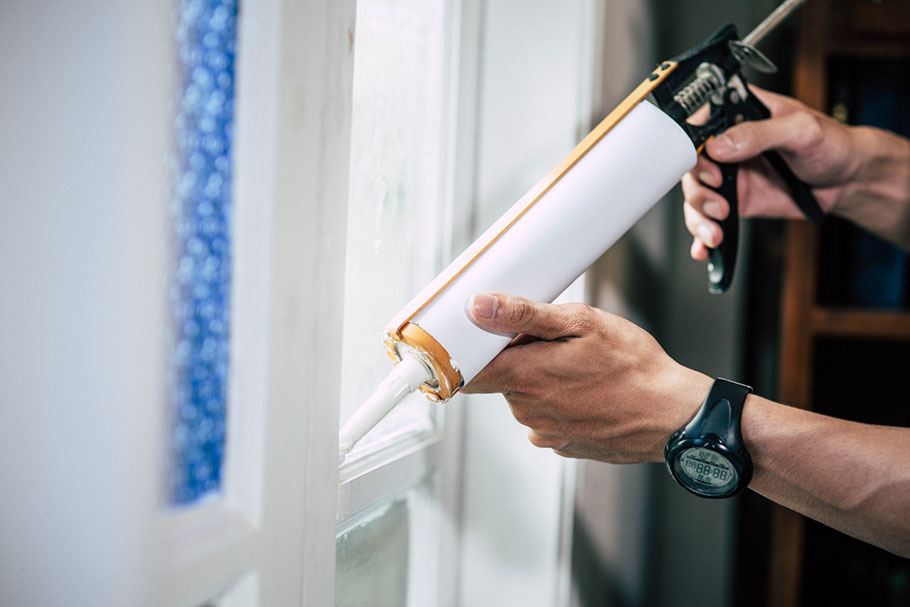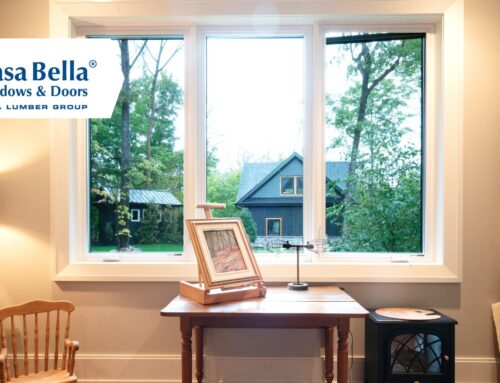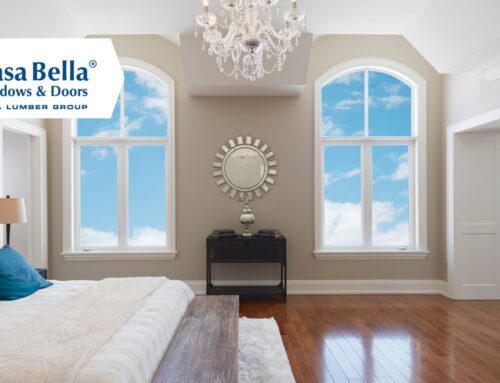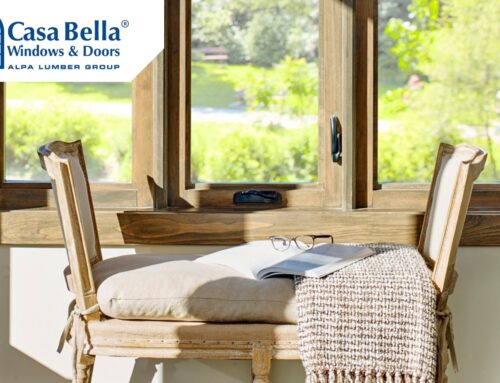Noise pollution is an unpleasant part of owning a home and is common in high-traffic areas — close to public transit, airports, and busy city streets. Building homes in these areas can be equally stressful, especially with the expectation from potential homeowners that noise pollution will be reduced.
Builders in North America are tasked with making this desire a reality, and the good news is that there are ways to reduce noise pollution as their local window manufacturer.
Here’s how window suppliers in Canada can help be a part of the solution.
Triple-Glazed Windows
Triple-glazed windows are favoured by many builders and homeowners for their noise-reducing qualities. By creating more space between the window panes and adding an additional pane, sound must travel farther to reach the interior of the home. Adding a third pane of glass to the custom window designs creates a better sound barrier due to the spacing and thickness of the glass.
Soundproof Windows
If your clients are building in areas with heavy noise pollution, ranging from traffic to a nearby airport, creating window treatments that can block out that sound is essential — and finding the right window company that can help achieve this is at the top of their list.
While there is no way to guarantee 100 percent sound elimination, there are tests that can determine where they fall on the scale.
STC
Sound Transmission Class is a test that’s used to measure the transmission of sound loss between interior walls, ceilings, and floors. It’s often adopted by window manufacturers to determine the soundproofing capabilities of their windows.
OITC
Outdoor-Indoor Transmission Class, while often less popular than the STC test, is used primarily to measure the loss of sound transmission between exterior glazing features and to speculate barriers intended to eliminate low-frequency sound.
How to Soundproof Windows
There are various soundproofing methods that casement window suppliers and custom window manufacturers can apply to their techniques, including but not limited to:
Window Inserts
Window inserts are designed to absorb soundwaves, composed of a covering that’s built with soundproofing materials and foam connected to a wooden board. This feature is helpful when noise pollution reaches uncomfortable levels since it can easily be set in place to aborn and block outside noise.
Caulking
Ultimately, sound needs air to travel through. Eliminating any air gaps is one of the most effective ways to prevent sound from travelling. Caulking around window frames is a simple solution that can be applied at the installation stage by builders and should be communicated while they’re in the process of choosing window suppliers.
Sound Proof Glass
Adding soundproofing glass to your window designs is the easiest way to reduce noise pollution, and this often comes in the form of window glazing. Window glazing refers to the panes that make up any given style of window.
Triple-pane glass is designed with three panes, separated by gas in between each pane. In addition to offering increased security, it’s also one of the most useful resources for blocking out external noise — since sound travels, increasing the space between each window pane eliminates its ability to easily travel through a single glass pane and into the home.




